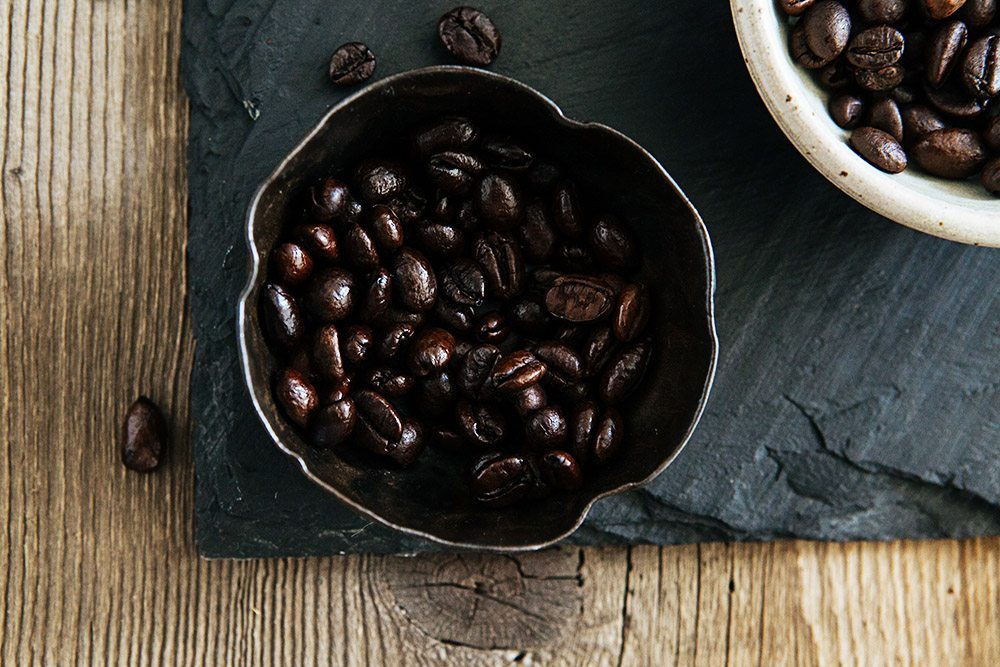History
Coffee was introduced in the Philippines in 1740 when it was first planted in Brgy. Pinagtung-ulan, Lipa, Batangas. Coffee growing spread throughout the country and by 1880, the Philippines became the fourth largest coffee exporter in the world. But the export abruptly declined a decade later when coffee rust devastated the coffee plantations. In 1970’s, Philippines again emerged as a coffee exporter. Prior to 1990, the Philippines exported 15 % to 30% of the production. The collapse of the International Coffee Agreement (ICA), led to downfall in world coffee pricesand a decline in PH coffee exports. Export earnings, largely from Robusta coffee, dramatically dropped in 1995 from a peak of $118.7 million in 1986.
At present, Philippines is a net importer of coffee, with a domestic consumption almost twice of the local production. The problem on the increasing import of coffee beans is compounded by the declining production of coffee in the country (Figure 1). This can be related to Figure 2, which shows that the area of coffee farm and the number of bearing coffee trees over the last two decades follow a declining trend. These patterns can be attributed to land conversion, shifting of crops, mining, and damages of typhoon. In 2014, coffee production areas covered 117,450 ha planted to almost 80 million coffee bearing trees.
Coffee Varieties in the Philippines
Arabica

Arabica beans are the most acidic coffee beans. Their flavor profile varies from being sweet, soft, tangy, floral, smooth, fruity, and bright. It is typically used in specialty and quality drinks, and can be prepared using all brewing methods.
Robusta

Robusta is usually bitter and strong. It is sometimes described to have a harsh, woody, burnt taste to it. It is also used for the luxury civet coffee in Indonesia and the Philippines, as well as most Vietnamese coffee.
Liberica

The traditional coffee bean found in the Philippines, Liberica or Barako is defined as a strong, pungent, intense, bitter, and earthy bean. It is commonly uses the drip and French presses as its method of extraction.
Excelsa

Not a lot of information can be found on the cupping quality of Excelsa coffee beans, however, some experts believe this type of coffee to have a very unpleasant aroma. In the Philippines, the scent of Excelsa is said to be similar to the smell of jackfruit.
Coffee Map in the Philippines

Coffee was first grown in the Philippines after a Spanish Franciscan monk introduced it in 1740 in Lipa, Batangas, according to the PCBI web site. From Lipa, which was then the coffee capital of the Philippines, the idea of growing coffee spread to other parts of Batangas, including in Ibaan, Lemery, San Jose, Taal, and Tanauan. Batangas. Seeing how prosperous the coffee industry was in Batangas, its neighboring province, Cavite, soon followed and began growing coffee in 1876.
But now, no longer are Batangas and Cavite the top coffee producers in the country — that title has been taken by Mindanao.
- Cordillera
- Benguet
- Sagada
- Ifugao
- Mt. Matumtum
- Cavite
- Bulacan
- Mindoro
- Cavite
- Batangas
- Quezon
- Batangas
- Quezon
- Sorsogon
- Bicol